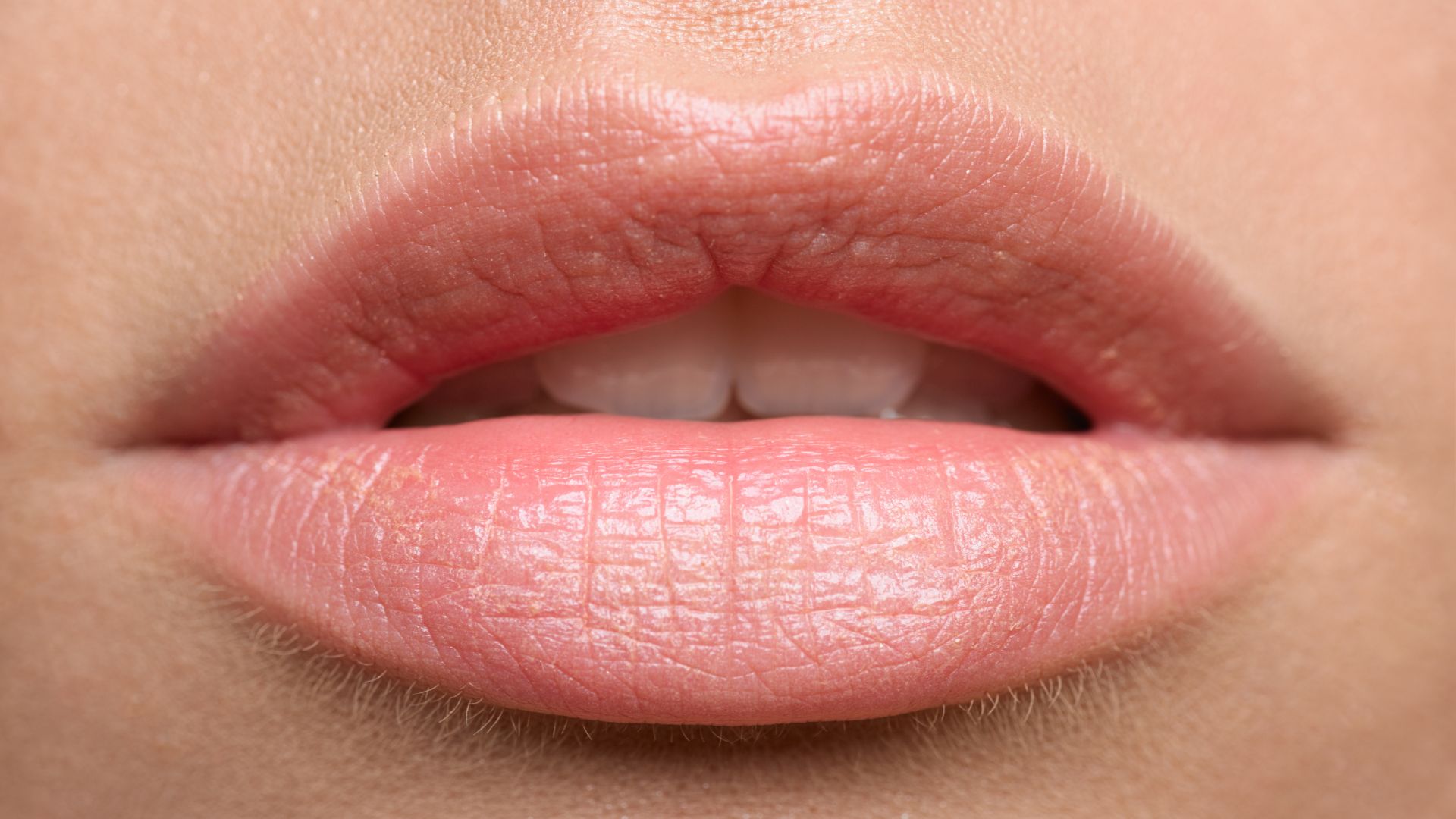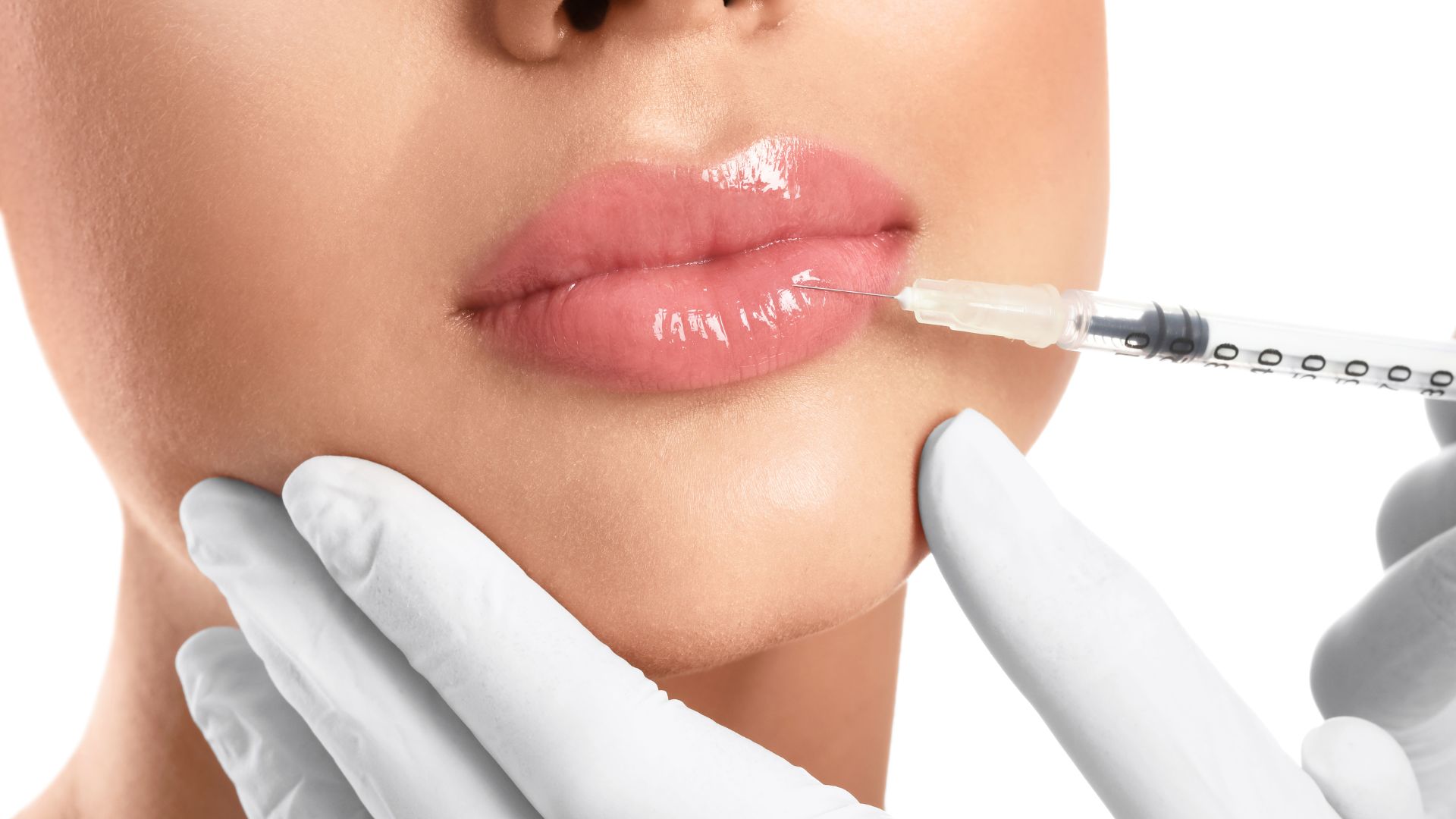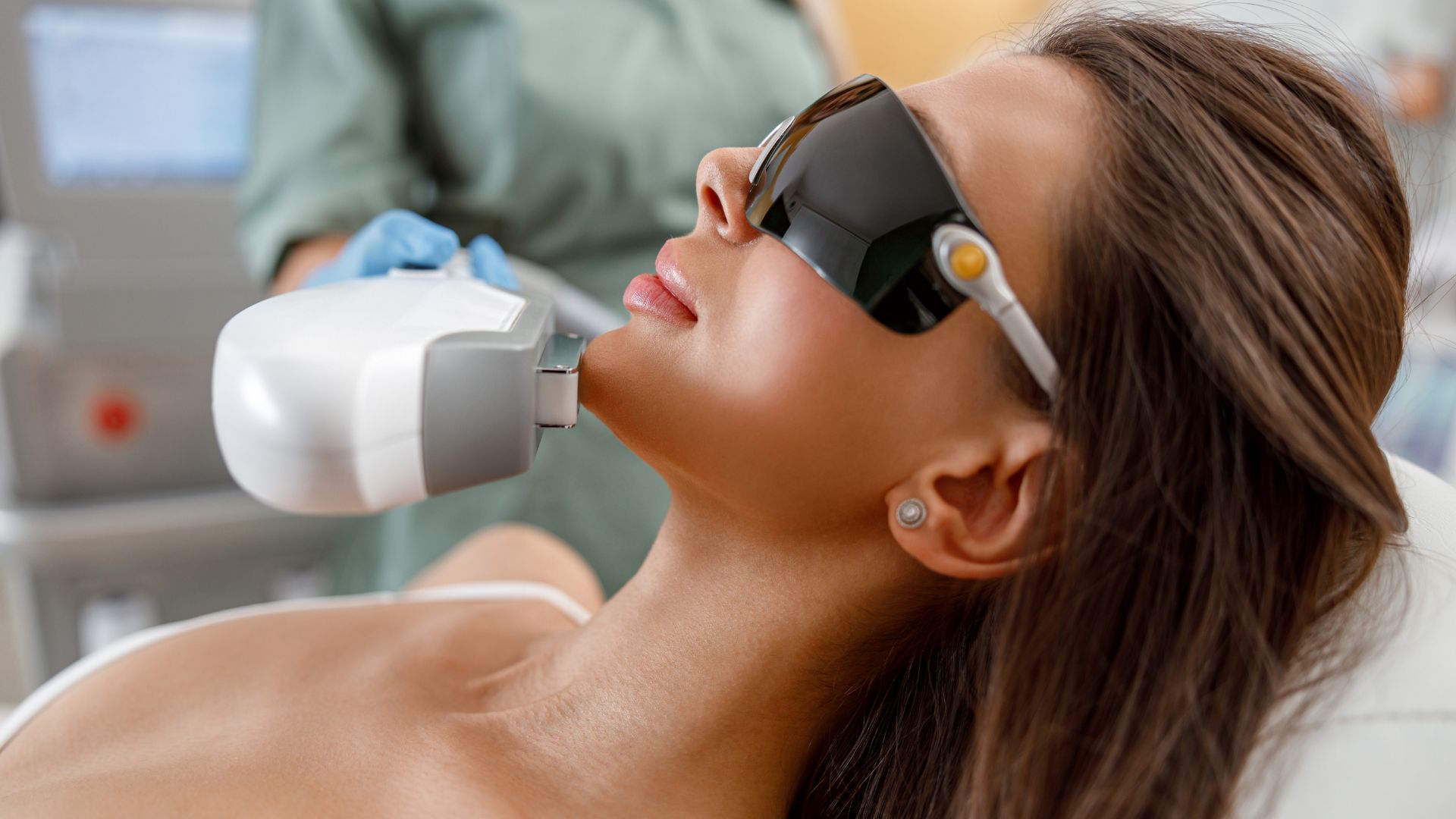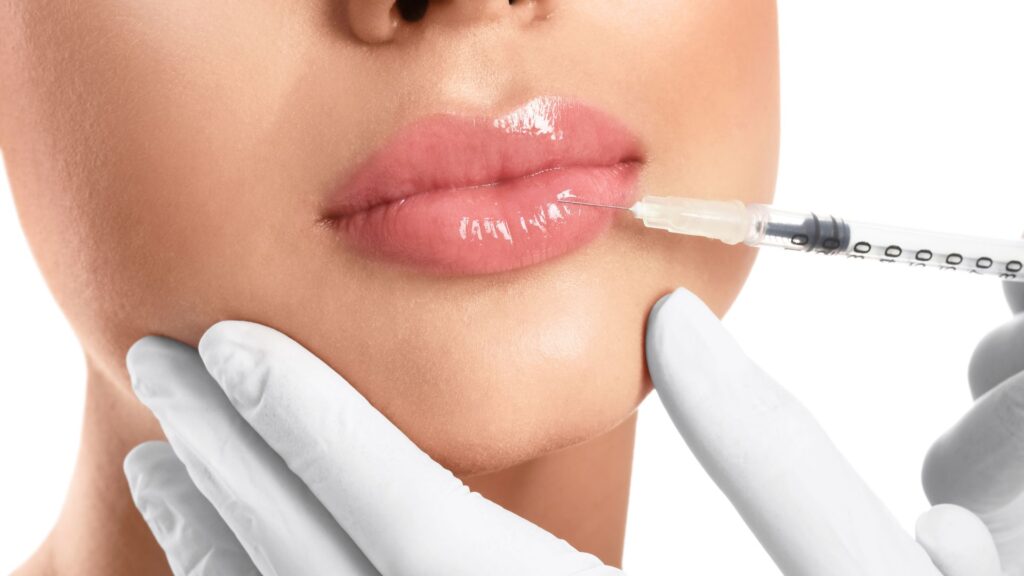
How to Become a Lip Injector: Training Courses, Techniques, and Tips
The demand for lip injections is rapidly taking over the aesthetics industry, with more individuals seeking fuller, more defined lips to enhance their appearance. This surge in interest has created a significant opportunity for medical professionals to attend Botox and dermal filler courses and specialize in cosmetic injections.
Proper training and techniques are crucial to ensuring successful cosmetic procedures and patient satisfaction. At Aesthetics Medical Training (AMT), we are dedicated to empowering healthcare professionals with the skills and knowledge necessary to excel in the field of aesthetics.
In this article, we’ll guide you through the essential steps to becoming a proficient lip injector. We’ll cover everything from educational requirements to mastering injection techniques.
Here’s a preview of what you’ll learn:
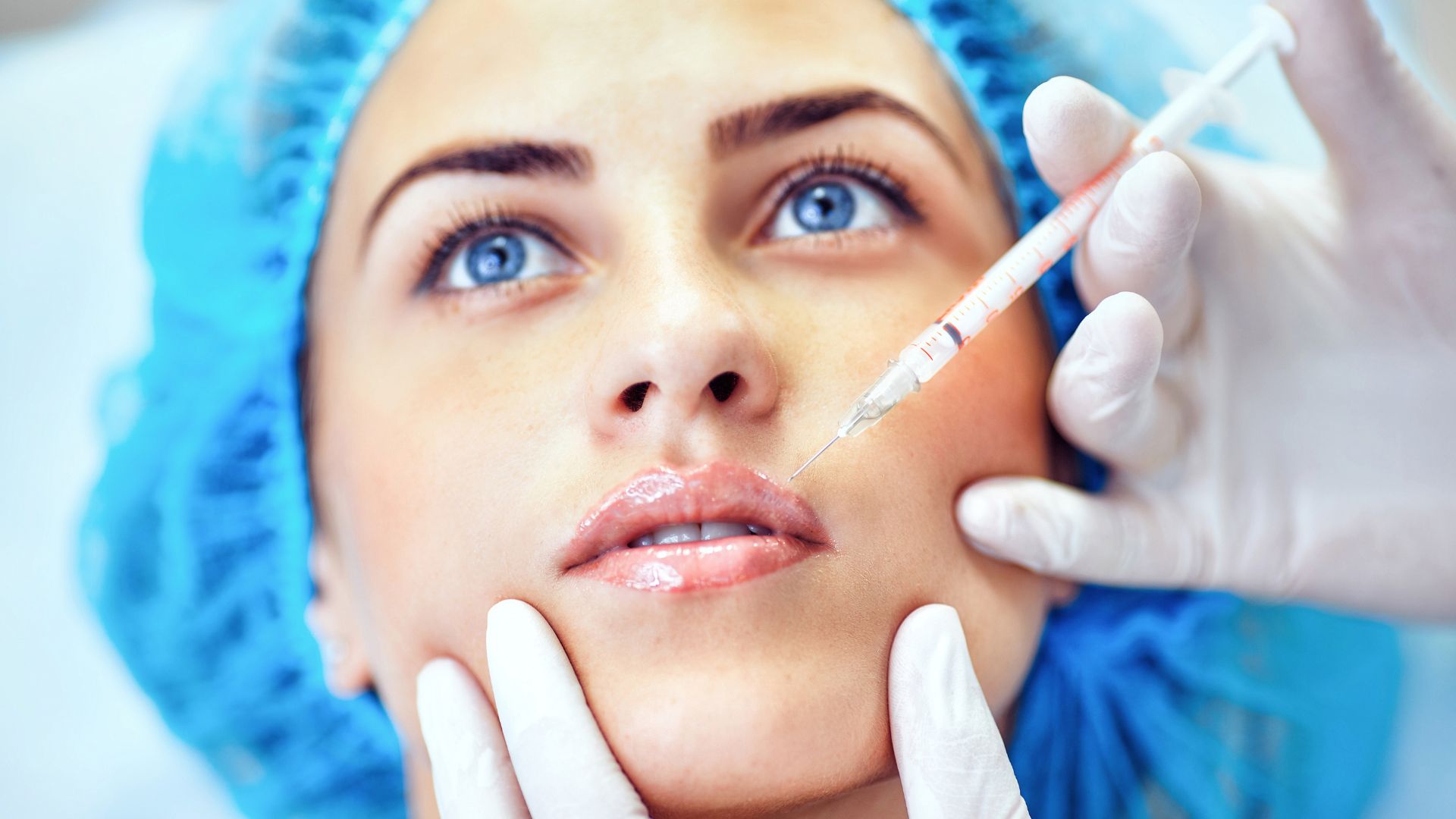
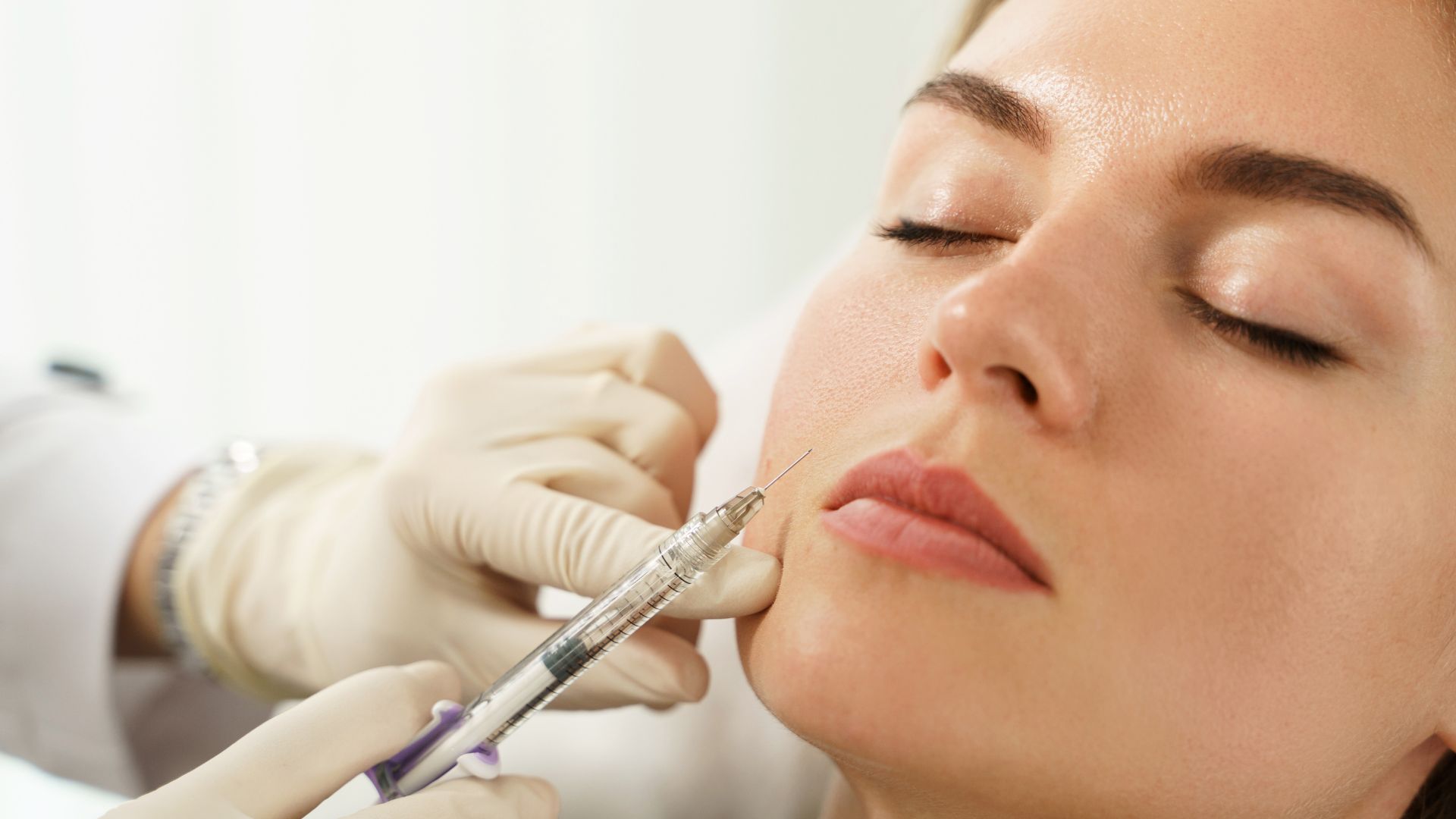
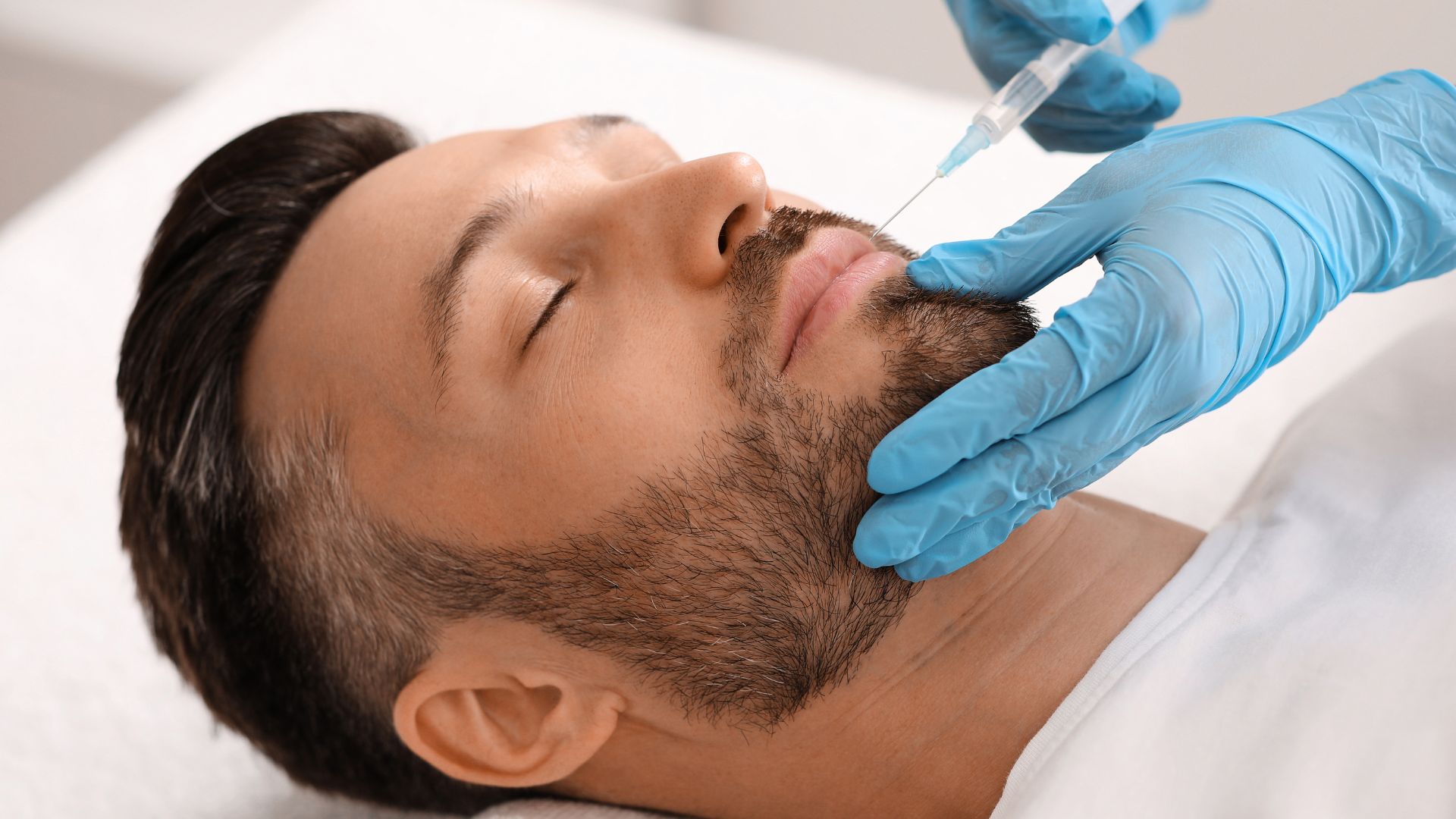
- Understanding the Role of a Lip Injector
- Educational and Licensing Requirements
- Mastering Techniques in Lip Injection
- Essential Tools and Products
- Aesthetics Medical Training (AMT): Your Partner in Success

Understanding the Role of a Lip Filler Injector
Lip injectors are specialized medical professionals who use dermal fillers to enhance the appearance of their patients’ lips. This role requires a combination of scientific knowledge, technical skill, and artistic flair to achieve aesthetically pleasing and natural-looking results.What a Lip Injector Does
A lip injector’s primary responsibility is to perform lip augmentation procedures using dermal fillers. These fillers, often made from hyaluronic acid, are injected into the lips to increase volume, define shape, and smooth out wrinkles. According to the American Society of Plastic Surgeons, lip augmentation was one of the most popular minimally invasive treatments in 2022.Skills and Attributes Necessary for Success in This Role
To be successful in this role, a cosmetic injector must possess a blend of technical skills and personal attributes:- Medical Knowledge: Understanding the anatomy of the lips and surrounding facial structures is crucial. This includes knowledge of blood vessels, nerves, and muscles to avoid complications.
- Technical Proficiency: Mastery of injection techniques, including the use of cannulas and needles, is essential for precise filler placement. Hands-on training programs, such as those offered by Aesthetic Medical Training, provide invaluable experience in these techniques.
- Artistic Eye: An aesthetic sense is important for creating balanced, natural-looking results that enhance the patient’s features. This skill differentiates a good injector from a great one.
- Patient Communication: Effective communication skills are necessary to understand patient goals, manage expectations, and provide pre- and post-procedure care instructions.
- Attention to Detail: Precision is key to avoiding complications and achieving the desired outcome. This includes careful patient assessment and meticulous injection techniques.

Licensing Requirements to Become a Cosmetic Injector
Becoming a skilled lip injector requires a strong foundation in medical education, filler certifications, and hands-on lip injection training. Here are the key prerequisites:- Medical Background: Aspiring cosmetic injectors need a solid medical background. This typically means obtaining a degree in nursing, medicine, or a related field. A 4-year bachelor’s degree in nursing (BSN) or a Doctor of Medicine (MD) are common starting points.
- Licenses and Certifications: To practice as a lip injector, one must be a licensed healthcare professional. For nurses, this involves passing the NCLEX-RN exam to become a Registered Nurse (RN). For physicians, it involves passing the United States Medical Licensing Examination (USMLE) or equivalent state exams.
How to Become a Lip Injector: Necessary Certifications and State-Specific Requirements
Certifications and state-specific requirements vary, but here are some common pathways:- Certified Aesthetic Nurse Specialist (CANS): This certification, offered by the Plastic Surgical Nursing Certification Board (PSNCB), is essential for nurses specializing in aesthetic procedures. It requires at least two years of experience in the field and passing a certification exam.
- Physician Assistants (PA): PAs need to complete a master’s program accredited by the Accreditation Review Commission on Education for the Physician Assistant (ARC-PA) and pass the Physician Assistant National Certifying Exam (PANCE).
- State Licensure: Each state in the U.S. has specific requirements for practicing medical professionals. It’s crucial to check with state medical boards for the exact licensure requirements.
How to Become a Lip Filler Technician: Mastering Lip Injection Techniques
Mastering the art of lip injection requires understanding and skillfully applying different dermal filler techniques. The two primary methods are the use of cannulas and needles.- Needle Technique: This traditional method involves using fine needles to inject dermal fillers directly into the lips. It allows for precise placement and is ideal for creating defined contours and adding volume.
- Cannula Technique: This method uses a blunt-tipped cannula instead of a sharp needle, reducing the risk of bruising and vascular complications. It allows for smoother distribution of cosmetic fillers and is less traumatic for the tissue.
Lip Injection Training: The Anatomy of the Lips and Surrounding Areas
Understanding the anatomy of the lips is crucial for any aesthetic injector. The lips are composed of several layers, including skin, muscle, and mucosa, each requiring careful consideration during injection.- Vermilion Border: This is the border between the lip and the adjacent normal skin. Enhancing this area can provide a more defined and youthful appearance.
- Philtrum: The vertical groove in the middle area of the upper lip. Proper augmentation of the philtrum can enhance the cupid’s bow, contributing to a more attractive lip contour.
- Oral Commissures: The corners of the mouth where the upper and lower lips meet. Filling this area can help lift the mouth’s corners and reduce a sad appearance.
- Tubercle: The central part of the upper lip, which can be accentuated to enhance the overall lip volume and shape.
Best Practices for Achieving Natural and Desirable Results
To achieve natural and desirable results, it’s essential to follow best practices in cosmetic injection techniques:- Patient Assessment: Conduct a thorough assessment of the patient’s lip anatomy, skin type, and desired outcome. Understanding their goals and medical history helps tailor the treatment plan.
- Gradual Enhancement: Opt for a gradual approach to lip enhancement. It is better to start with a smaller amount of a dermal filler product and add more in subsequent sessions if needed. This technique helps in achieving a natural look and allows for adjustments based on the patient’s feedback.
- Symmetry and Proportion: Focus on maintaining symmetry and proportion. Lips should complement the patient’s overall facial features, avoiding overfilling, which can lead to an unnatural appearance.
- Product Selection: Use high-quality, FDA-approved lip fillers such as hyaluronic acid-based products. These fillers are safe, effective, and can be dissolved if necessary.
Tips for Pain Management and Patient Comfort During Procedures
Ensuring patient comfort during dermal filler procedures is crucial for a positive experience. Here are some tips for effective pain management:- Topical Anesthetics: Apply a topical anesthetic cream to the lips before the lip filler treatment to numb the area and reduce pain.
- Ice Application: Use ice packs before and after the aesthetic injection to minimize swelling and discomfort.
- Slow Injection Technique: Inject fillers slowly and gently to reduce tissue trauma and pain.
- Patient Communication: Communicate with the patient throughout the procedure, reassuring them and explaining each step to help alleviate anxiety.
Essential Tools and Products for Lip Injections
Achieving the perfect pout requires precision tools and products designed for safety and efficacy. The primary tools used in lip injection procedures include:- Needles: Fine needles are commonly used for their precision in delivering dermal fillers directly into the lips. They allow for detailed work on delicate areas such as the vermilion border and philtrum.
- Cannulas: Blunt-tipped cannulas are increasingly popular due to their reduced risk of bruising and vascular complications. They allow for smoother and more even filler distribution, which is especially beneficial for achieving natural-looking results.
- Syringes: Specialized syringes designed for dermal filler injections ensure precise control over the amount of filler administered. These syringes often come with pre-measured units to aid in consistent application.
- Anesthetic Creams: Topical anesthetics are applied to the lips before injection to numb the area and reduce pain, ensuring a more comfortable experience for the patient.
Different Types of Dermal Fillers Used for Lip Augmentation
Dermal filler treatments are the cornerstone of lip augmentation, with hyaluronic acid (HA) fillers being the most popular due to their safety and efficacy. Here are the main types of dermal fillers used:- Hyaluronic Acid (HA) Fillers: These cosmetic injectables, such as Juvederm and Restylane, are favored for their natural-looking results and minimal side effects. HA is a substance naturally found in the body, making it well-tolerated and easily reversible with hyaluronidase if needed.
- Calcium Hydroxylapatite: Fillers like Radiesse use calcium-based microspheres suspended in a gel. They provide immediate volume and stimulate collagen production over time. These fillers are typically used for deeper lines and enhancing facial contours but can also be used for lip augmentation in specific cases.
- Poly-L-Lactic Acid: Sculptra is an example of this type of filler, which works by stimulating collagen production to gradually increase volume. While not commonly used solely for lip augmentation, it can be used in combination with other fillers for overall facial rejuvenation.
- Polymethylmethacrylate (PMMA): Bellafill is a long-lasting filler that provides a permanent solution for volume loss. It contains microspheres that remain in place under the skin, offering structural support. This filler is less commonly used for lips due to its permanence but can be part of a comprehensive facial rejuvenation plan.

Aesthetics Medical Training in Reno, NV: Filler Training Courses for Medical Professionals
As we’ve explored, mastering the art and science of lip injections involves a blend of injection skills, a deep understanding of facial anatomy, and the use of high-quality products. To learn how to perform lip injections and achieve success in this rapidly growing field, comprehensive and continuous education is essential. This is where Aesthetics Medical Training in Reno, NV comes in, dedicated to providing top-tier education, lip injection training courses, and resources to nurse practitioners and other medical professionals aspiring to excel in aesthetic medicine and work at or establish their own cosmetic clinics and medical spas.What to Expect from Our Lip Injection Courses:
- Expert Guidance from Seasoned Professionals: Our programs are led by Jasmine, a master educator with 23 years of experience in the aesthetic domain. Jasmine’s extensive knowledge and real-world experience ensure that our dermal filler training courses are both practical and cutting-edge.
- Seamless Learning with Flexible Online Education: We understand the importance of flexibility for busy licensed medical professionals. Our online lip injection courses are designed to fit seamlessly into your schedule, allowing you to learn at your own pace and in your own space.
Join AMT’s Community in Reno, NV of Successful Aesthetics Practitioners
Ready to become a master injector and excel in the field of cosmetic treatments? Explore our training programs at Aesthetics Medical Training in Reno, NV and join our community of successful practitioners today. With AMT, you’ll gain the knowledge, skills, and certification needed to excel and meet the growing demand for aesthetic treatments. Join now! Post Update: The article was updated on March 22nd, 2025, and originally published on December 10th, 202024. It has been completely revamped and updated for accuracy and comprehensiveness.
Thinking About Advancing Your Aesthetics Skills?
Contact our team today to learn how our training programs and cutting-edge technology can support your journey. Fill out the form or give us a call to get started.

